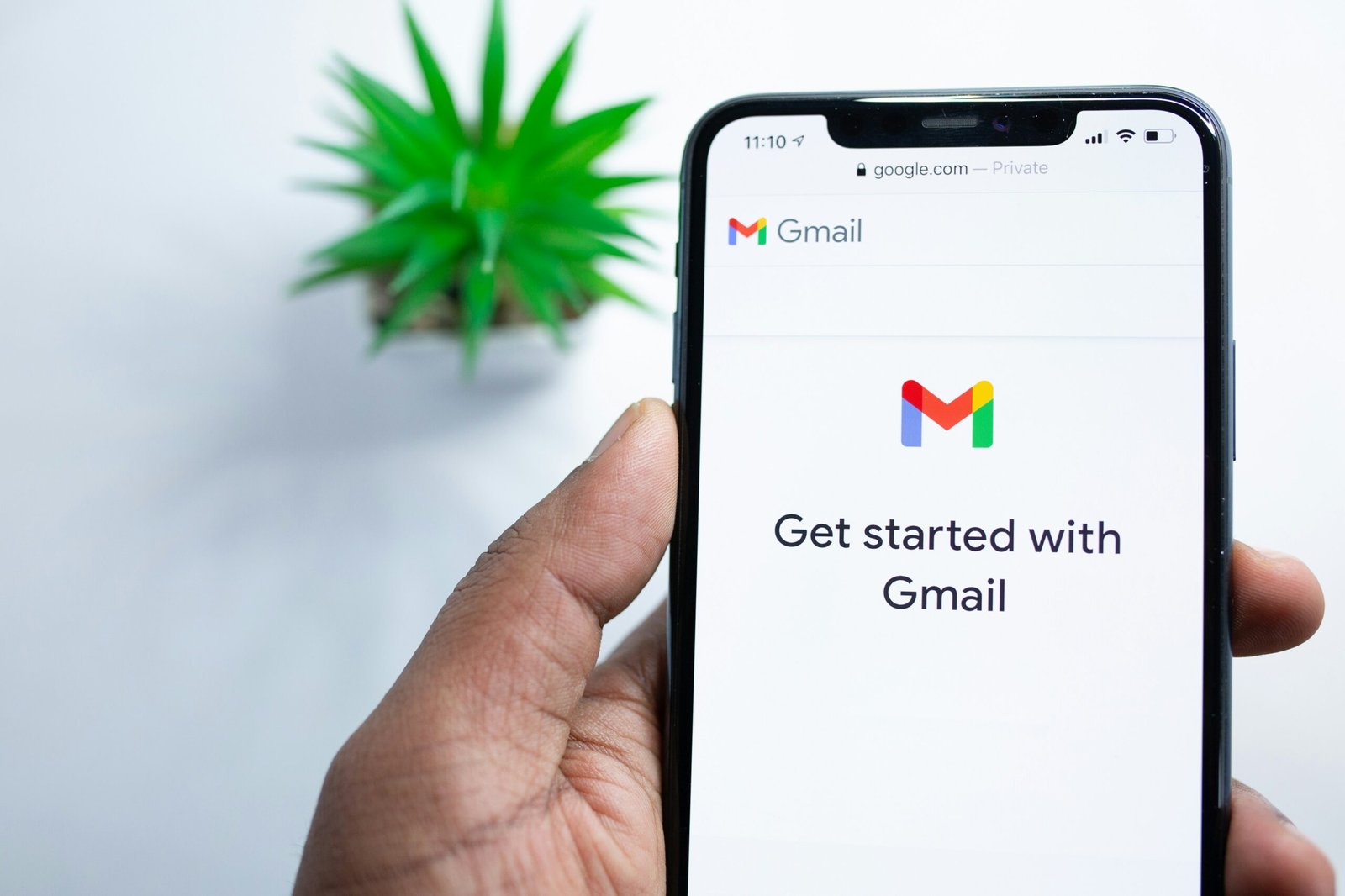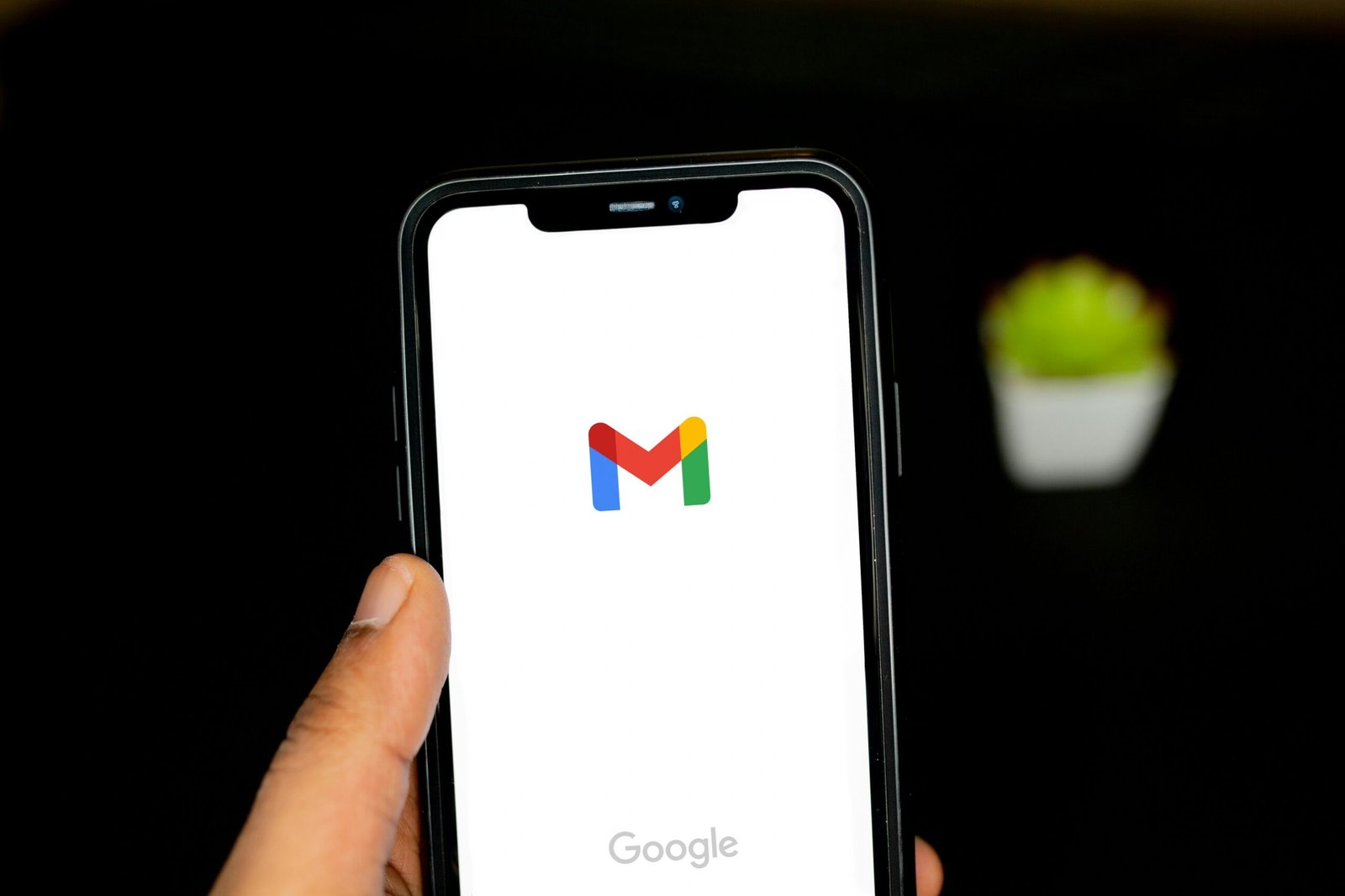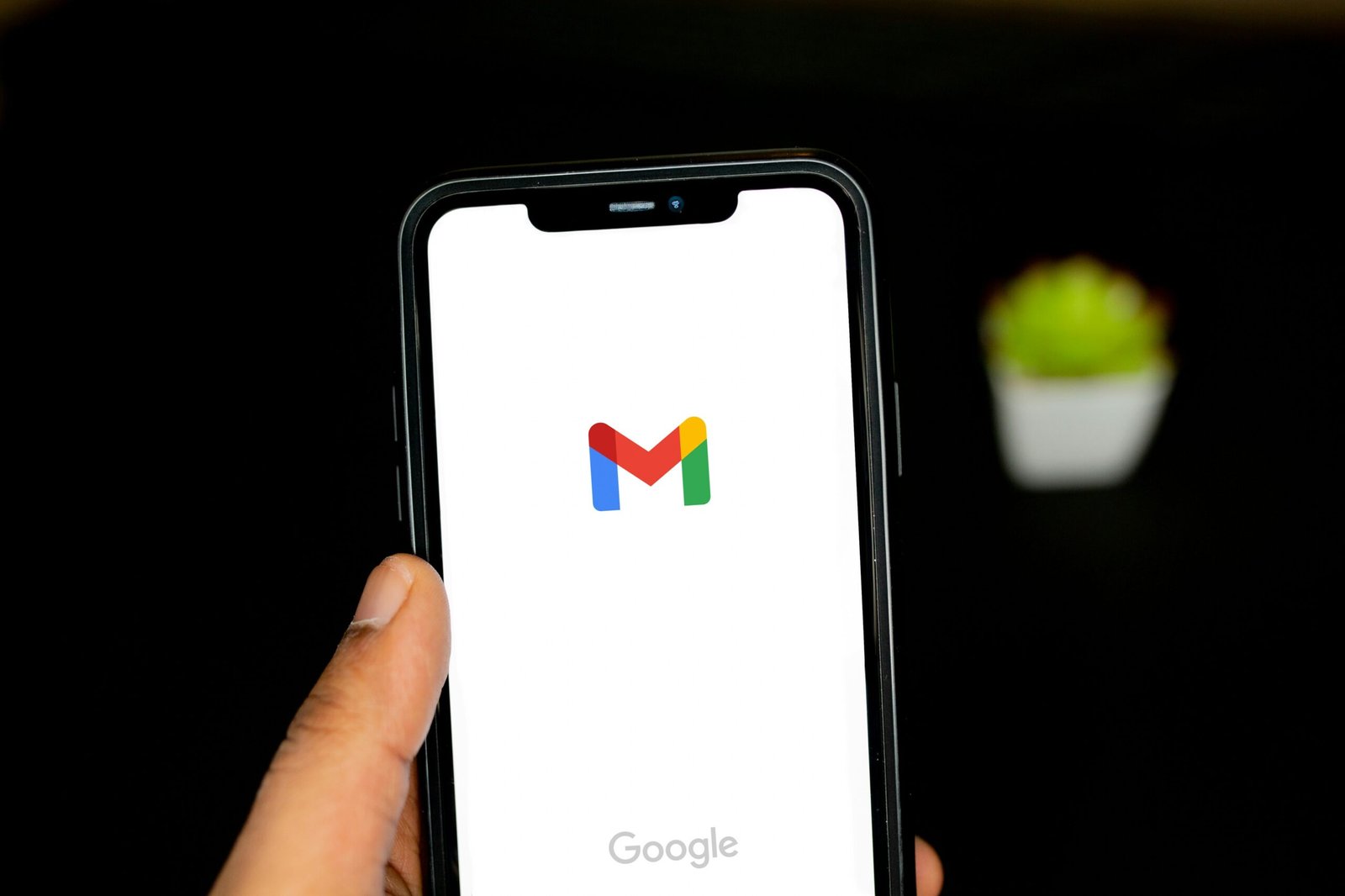10 Email Segmentation Ideas For E-commerce Businesses
Email segmentation is a powerful strategy that allows e-commerce businesses to personalize their marketing messages and target specific groups of customers. While basic demographic segmentation such as age, gender, and location is important, there are many other creative ways to segment your email list. In this blog post, we will explore 10 email segmentation ideas that go beyond the basics and can help you optimize your e-commerce email marketing campaigns.
1. Purchase History
Segmenting your email list based on customers’ purchase history is a great way to send targeted offers and recommendations. By analyzing what products or categories your customers have purchased in the past, you can tailor your emails to showcase similar products or offer exclusive discounts on related items.
2. Average Order Value
Segmenting your customers based on their average order value allows you to create email campaigns that are tailored to different spending habits. For high-value customers, you can offer exclusive VIP discounts or early access to new products, while for lower-value customers, you can focus on upselling or cross-selling opportunities.
3. Engagement Level
Segmenting your email list based on engagement level helps you identify your most active subscribers and those who may need a little extra attention. By sending targeted emails to highly engaged subscribers, you can reward their loyalty and encourage them to become brand advocates. For less engaged subscribers, you can send re-engagement campaigns or special offers to reignite their interest.
4. Abandoned Cart
Segmenting customers who have abandoned their carts is a highly effective way to recover lost sales. By sending targeted emails that remind customers about their abandoned items and offering incentives such as discounts or free shipping, you can encourage them to complete their purchase.
5. Product Category Preferences
Segmenting your email list based on customers’ product category preferences allows you to send highly relevant content and offers. By understanding what types of products your customers are interested in, you can create personalized emails that showcase new arrivals, best sellers, or exclusive deals in their preferred categories.
6. Customer Lifecycle Stage
Segmenting your email list based on the customer lifecycle stage helps you deliver the right message at the right time. For new customers, you can send welcome emails and introductory offers, while for loyal customers, you can focus on building brand loyalty and upselling opportunities.
7. Seasonal Preferences
Segmenting your email list based on seasonal preferences allows you to tailor your marketing campaigns to specific holidays or events. By sending targeted emails that highlight seasonal products, promotions, or gift ideas, you can increase customer engagement and drive sales during peak seasons.
8. Email Engagement History
Segmenting your email list based on email engagement history helps you identify subscribers who consistently open and click on your emails. By sending targeted emails to these highly engaged subscribers, you can further nurture their interest and increase the likelihood of conversions.
9. VIP Customers
Segmenting your email list to identify VIP customers allows you to provide them with exclusive offers, early access to new products, or personalized recommendations. By making your VIP customers feel valued and appreciated, you can strengthen their loyalty and encourage repeat purchases.
10. Personalized Preferences
Segmenting your email list based on personalized preferences such as favorite colors, styles, or product sizes allows you to create highly personalized and relevant emails. By using data from customer profiles or previous interactions, you can send targeted emails that showcase products that match their specific preferences.
In conclusion, email segmentation is a powerful strategy that can significantly improve the effectiveness of your e-commerce email marketing campaigns. By going beyond basic demographics and implementing these 10 segmentation ideas, you can deliver personalized, relevant content to your subscribers, increase engagement, and drive conversions. Take the time to analyze your customer data and implement these segmentation strategies to maximize the impact of your email marketing efforts.







